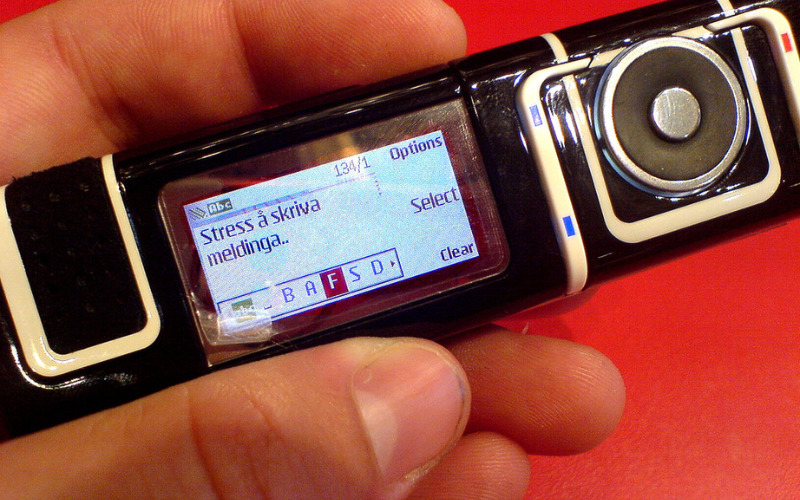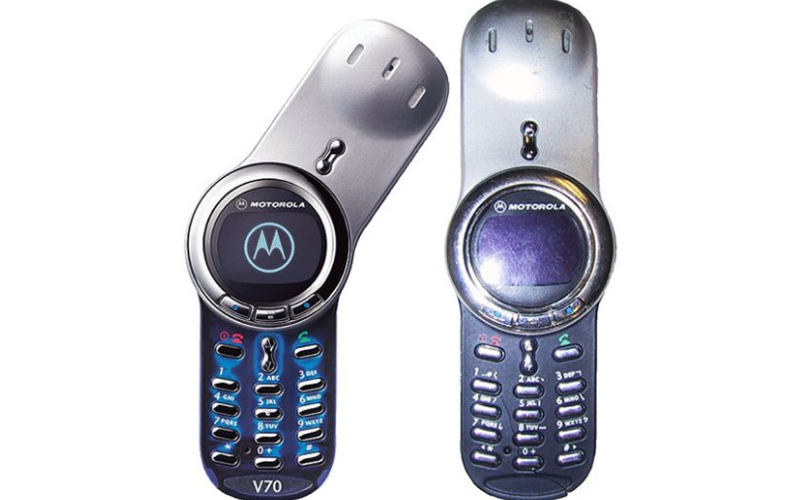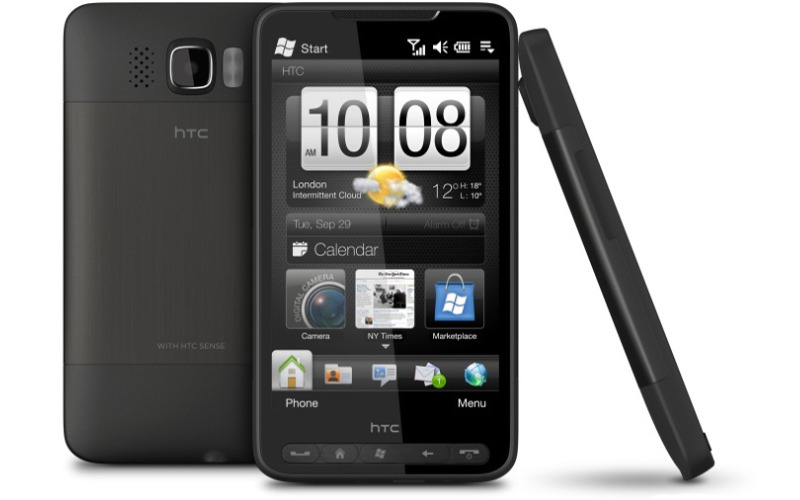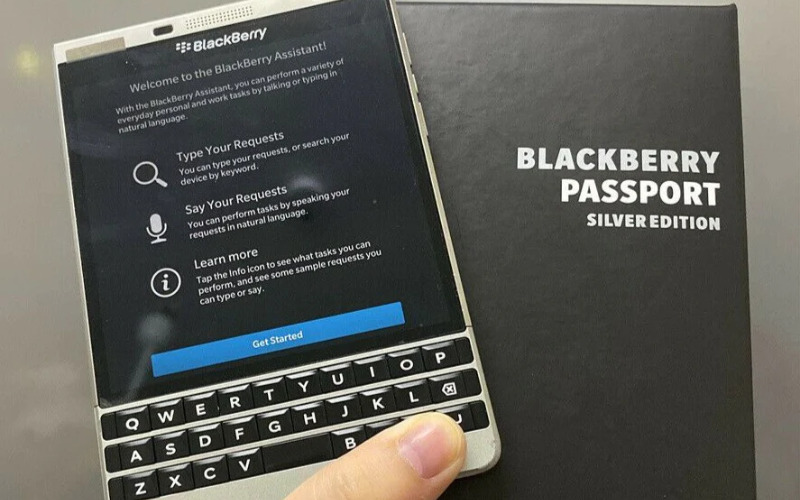The evolution of mobile phones has been remarkable from easy communication devices to effective pocket-sized computers. Alongside their generational advancements, cell phones have gone through extensive design changes. They have come to be smaller, lighter, and extra elegant, presenting larger colour presentations, touchscreens, and intuitive interfaces. Additional functions along with cameras, music players, GPS navigation, and app stores have turned out to be fashionable in current smartphones. The evolution of mobile phones keeps unfolding, with ongoing advancements in the generation, consisting of foldable models, improved batteries, artificial intelligence integration, and improved connectivity. These tendencies have converted cell phones into integral devices that pass beyond communication, impacting diverse elements of our lives. Here are a few rarest mobile phones that have ever existed:
1. Nokia 7280 Lipstick Phone
The Nokia 7280, launched in 2004, was a unique and stylish smartphone that resembled a lipstick case. The device has a small monochrome screen and a hidden camera, including its discreet and stylish look. It featured a sleek design with a reflective finish and a rotating keypad cover. However, the Nokia 7280 turned into more fashion than a typical cellphone.
2. Motorola V70
The Motorola V70, introduced in 2002, stood out with its unconventional circular design. It features a rotating cover that discovered the keypad when opened. The smartphone had a compact size and a design that caught the eye of users. It had a colourful display and supported multimedia functions, consisting of MMS and an integrated camera. Despite its unique appearance, the Motorola V70 confronted mixed critiques because of its unconventional keypad format.
3. Samsung E715
The Samsung E715, launched in 2003, becomes an attention-grabbing clamshell phone that won recognition for its unique transparent external display. The transparent cover allowed users to see the caller ID, date, and time without opening the cell phone. It featured a colour display, a camera, and supported multimedia messaging. It was praised for its smooth design and modern display, which add elegance and convenience.

4. Siemens Xelibri Series
The Siemens Xelibri series, introduced in the early 2000s, was a comprehensive set of style-centric mobile phones. Each model in the series had a distinct design and targeted specific style-conscious users. This series aimed to offer stylish accessories that offer communication devices, blending style and functionalities. The phone has been characterised by its beautiful aesthetics, compact sizes, and latest functions.
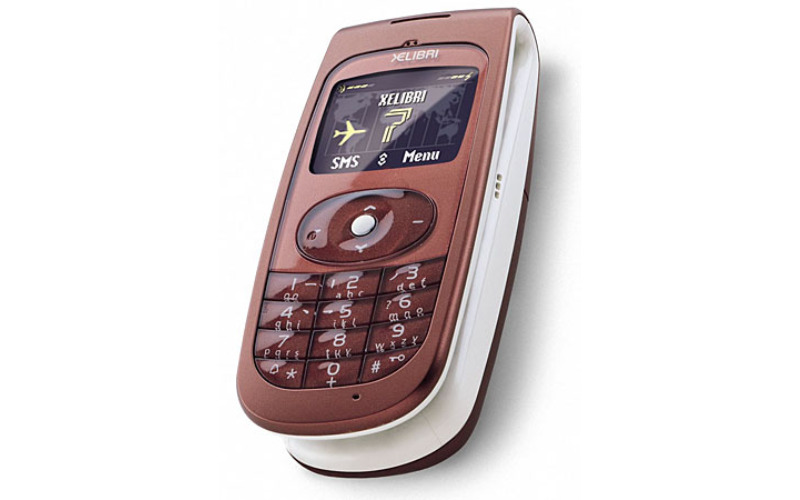
5. Ericsson T39m
The Ericsson T39m, released in 2002, became a compact and feature-rich smartphone. It provided a colour display, GPRS connectivity, and advanced messaging features, which includes email and MMS. It won people’s hearts for its ergonomic keypad, slim design, and excellent call quality.
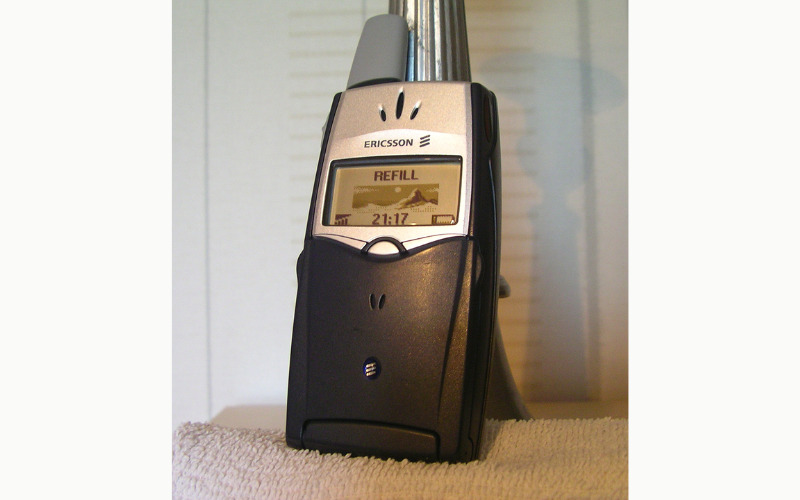
6. BlackBerry 7130g
Introduced in 2006, the BlackBerry 7130g became a part of the famous BlackBerry series recognised for its robust focus on e-mail and messages. It featured a full QWERTY keyboard and supported push e-mail, internet browsing, and instant messaging. It offered reliable communication and productivity features, making it a preferred desire for experts.
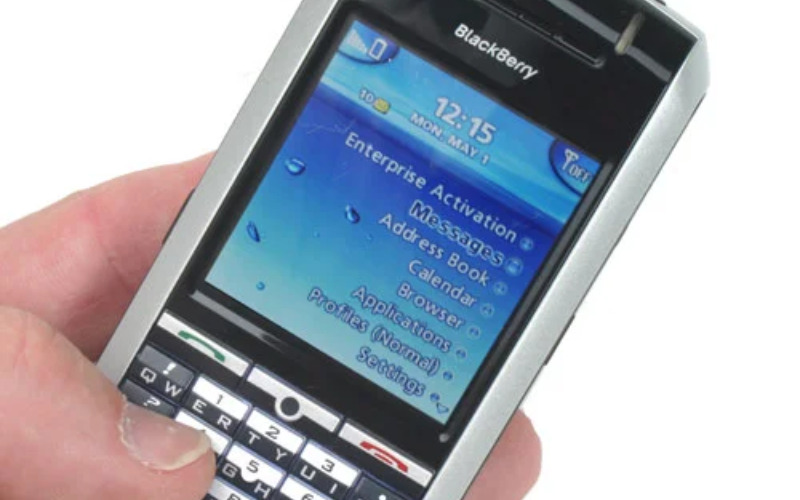
7. LG VX9800
The LG VX9800, launched in 2005, turned into a unique phone that offered a slide-out QWERTY keyboard with a landscape-orientated display. It supplied a versatile multimedia experience for music, video recording, and internet browsing. The phone had a distinct design that allowed customers to switch between a standard mode and a landscape mode for typing and media viewing.
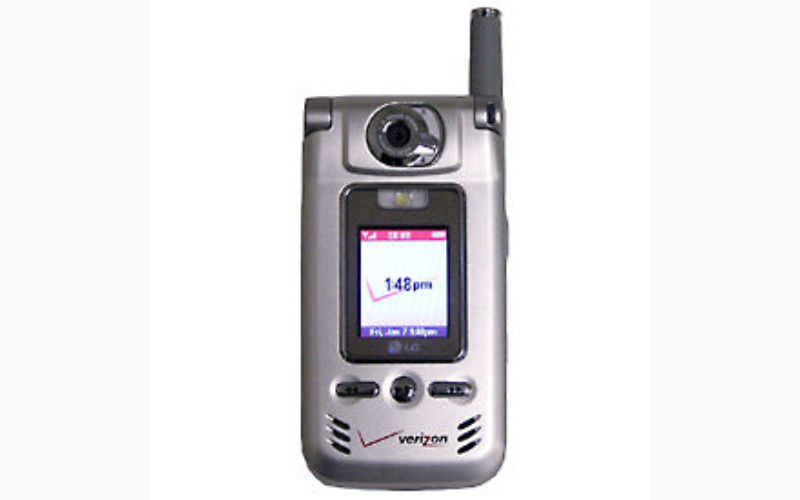
8. Sony Ericsson T68i
The Sony Ericsson T68i, in 2002, became one of the early phones to offer a colour display and Bluetooth connectivity. It supported diverse messaging features, inclusive of SMS, MMS, and e-mail. It featured a compact and elegant design, a colourful screen, and customizable exchangeable covers. It gained popularity for its reliable performance and user-friendly interface.
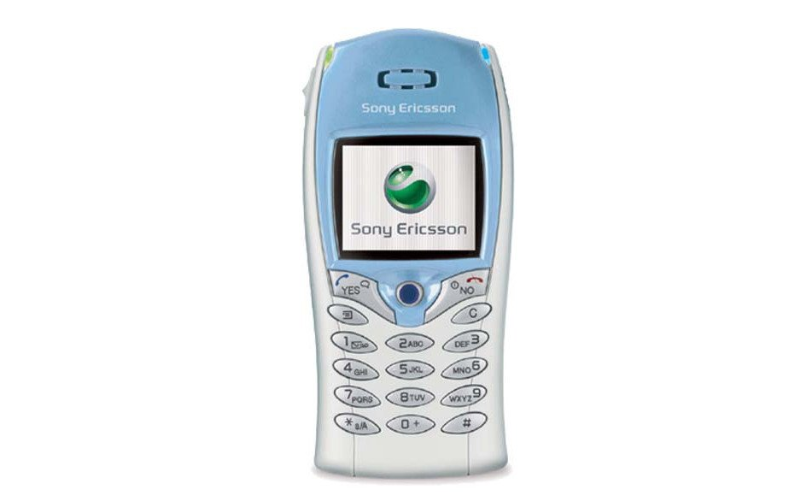
9. Panasonic X700
Released in 2004, the Panasonic X700 is a phone running on the Symbian OS. It supported various productivity capabilities, including MMS, document viewing, SMS, internet browsing, and e-mail. It featured a touchscreen display and a slide-out QWERTY keyboard, supplying users with an option of touchscreen and physical input options.
10. NEC N930
The NEC N930, released in 2005, became a unique flip mobile that had a dual-screen design. When closed, the phone resembled a regular flip phone, but when opened, it revealed a secondary landscape-oriented screen alongside the main screen. This display supplied users with multitasking capabilities and an excellent media viewing experience. It was famous for its revolutionary design and capability, even though it remained incredibly rare in the smartphone market.
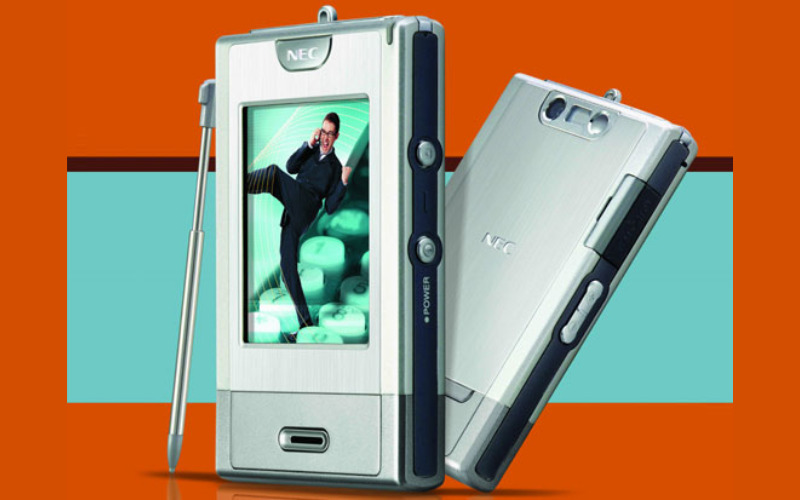
11. Sagem Puma Phone
The Sagem Puma Phone, introduced in 2010, is a collaboration between Sagem and the sports logo Puma. It turned into a design with a focus on health and sports-associated features. It included several sensors, including a pedometer and GPS, to monitor workout routines and track performance. It also had dedicated sports apps and features for athletes and fitness enthusiasts.
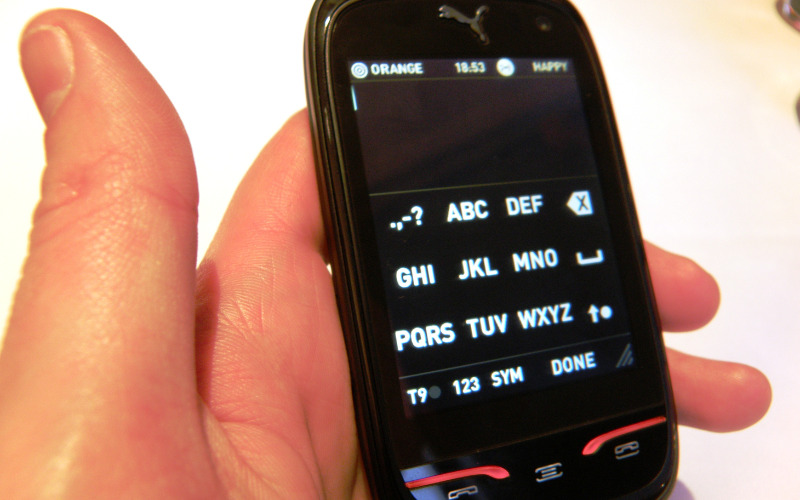
12. Alcatel Mandarina Duck phone
The Alcatel Mandarina Duck phone, released in 2006, changed into a stylish and elegant phone designed in collaboration with the Mandarina Duck fashion brand. It featured a compact and slender design with vibrant colours and precise styles inspired by Mandarina Duck’s signature style. It provided basic calling and messaging features, along with customizable themes and wallpapers.
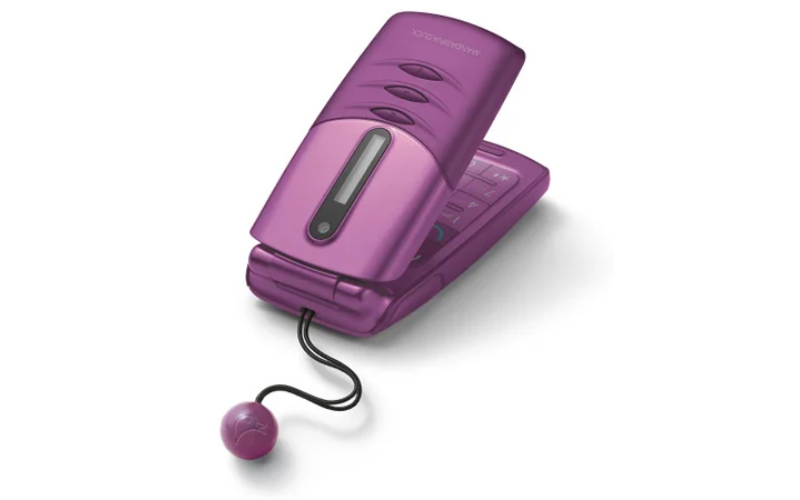
13. Philips Xenium X800
Philips Xenium X800, launched in 2009, was recognised for its long battery life. It appealed to customers who wanted extended battery power, making it suitable for those who travelled very frequently. It had a 5MP camera, a touchscreen, and multimedia competencies.
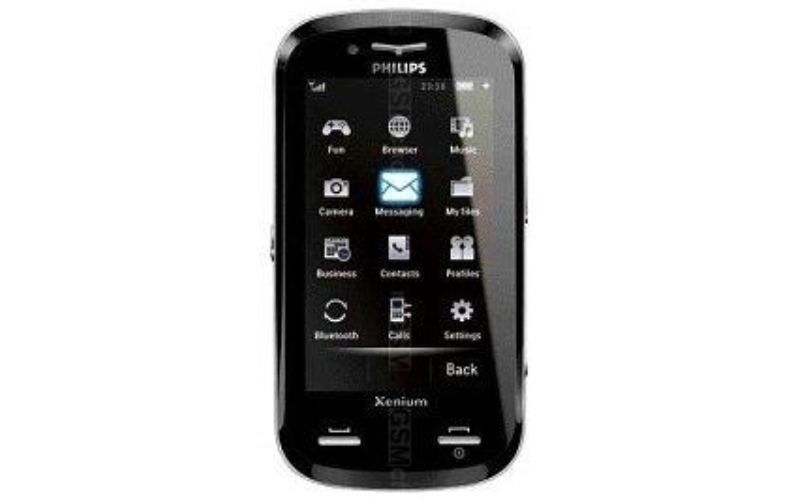
14. Palm Pre
Palm Pre, released in 2009, is a cellphone that runs on Palm webOS. It had a unique slider design with a physical QWERTY keyboard hidden below the screen. It offered a multitasking interface called “Cards” permitting customers to interchange between apps seamlessly.
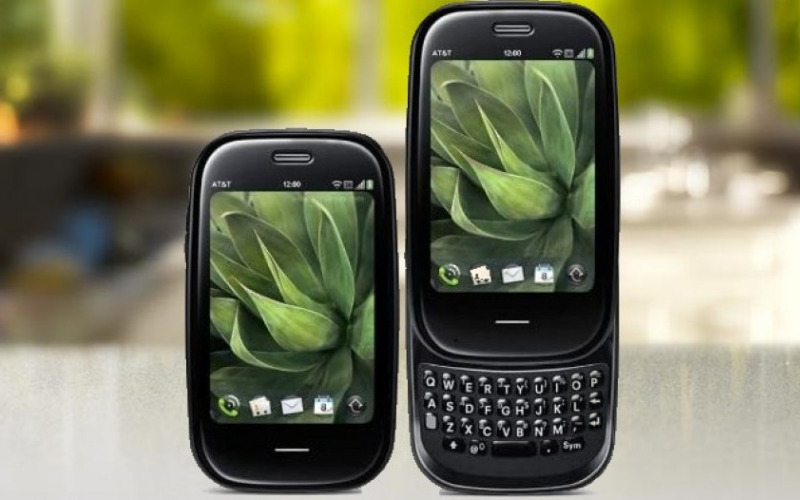
15. Sony Ericsson W950i
Sony Ericsson W950i, launched in 2006, became a music-centric phone that featured a Walkman player. It offered ample storage for music files and supported several audio formats. It had a slender design with a smooth touchscreen as well as a keypad for music control.
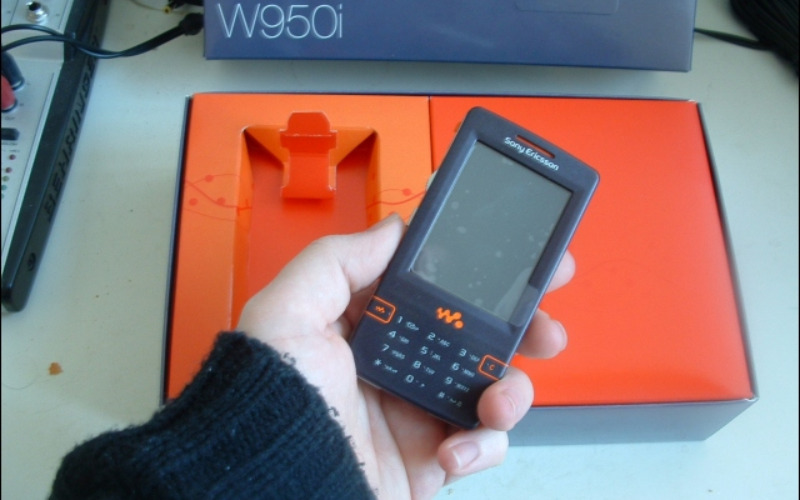
16. Samsung Serene
Samsung and Bang & Olufsen worked together to create the 2005-released Samsung Serene. It was created as a luxurious phone with a clamshell design and a circular keypad. It combined aesthetics and functionality by emphasizing simplicity and top-notch materials.
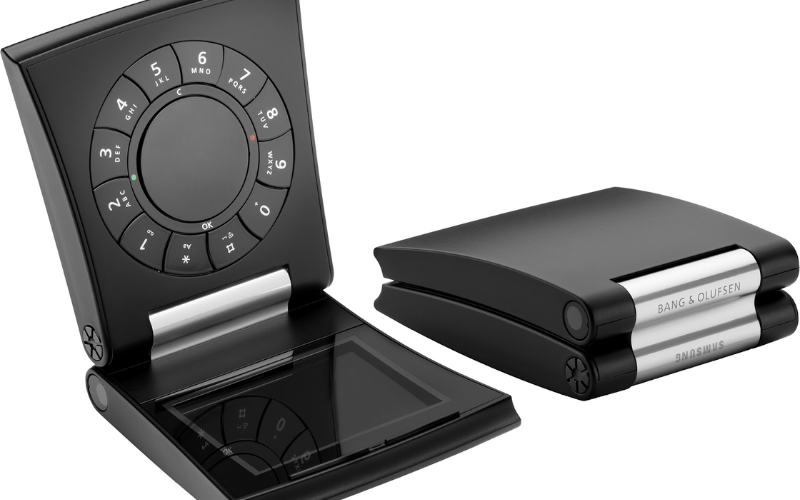
17. Sharp GX-BT7
Sharp GX-BT7, which was introduced in 2003, was a unique phone with a rotating digital camera module. Users can easily take selfies or conventional photographs because of its rotating mechanism which can face the front and the rear.
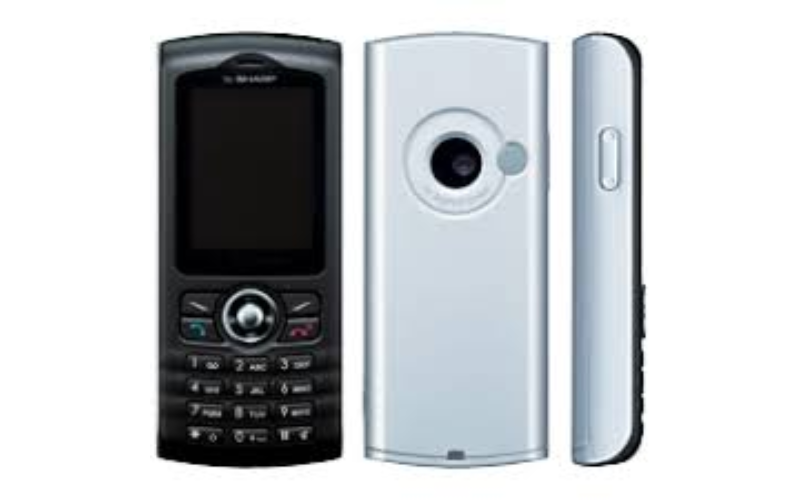
18. Vertu Ascent Ti Damascus Steel
Vertu Ascent Ti Damascus Steel, released in 2010, turned into a luxury phone acknowledged for its craftsmanship and premium materials. It featured a unique design with a frame made from Damascus steel, recognised for its strength and unique pattern.
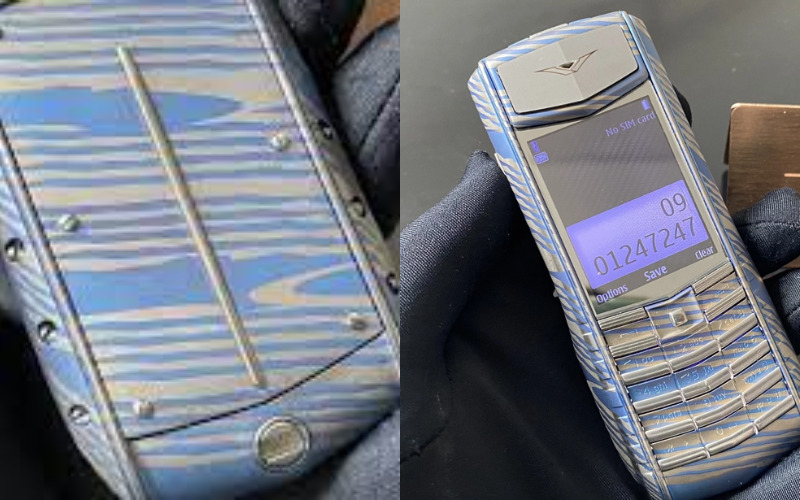
19. HTC HD2
HTC HD2, launched in 2009, became a highly acclaimed cellphone recognised for its large display and effective specifications. It featured a 4.3-inch smooth capacitive touchscreen, which was pretty large for its time, and had sharp and colourful visuals.
20. BlackBerry Passport
BlackBerry Passport, introduced in 2014, became a unique cellphone that deviated from the traditional form with its square-fashioned design. It featured a 4.5-inch rectangular smooth touchscreen display as well as a tactile physical keypad, catering to those who favoured the physical typing experience.

